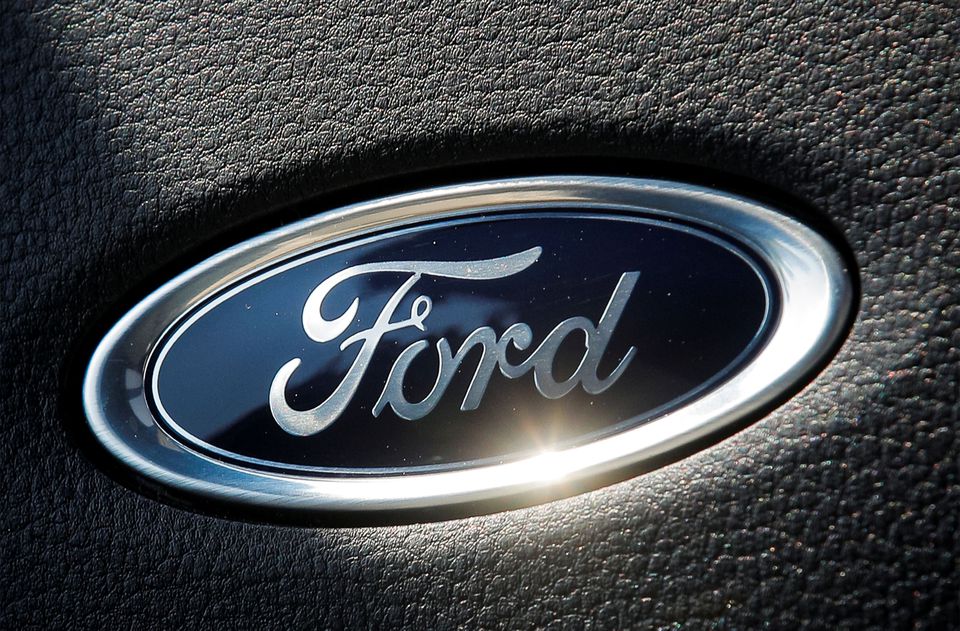DETROIT, July 27 (Reuters) – Ford Motor Co (F.N) on Wednesday reported better than expected second-quarter net income and reaffirmed its profit outlook for the year, but said management is “actively looking” at how to offset surging costs.
The Michigan-based automaker’s results and comments partially mirrored those of crosstown rival General Motors Co (GM.N), which reported earnings on Tuesday.
Like Ford, GM reaffirmed its full-year profit outlook on an expected surge in demand and said it was curbing spending and hiring. But a 40% drop in its quarterly net income sent GM shares lower late Tuesday.
Ford and GM shares both had strong showings on Wednesday, but investors favored Ford after the bell.
Ford shares were up 6.5% in after-hours trade, while GM shares were up 0.6%. Ford said it would restore its dividend to a pre-pandemic 15 cents a share.
Ford’s results were driven by higher-margin vehicles, partially offset by higher commodity costs and expenses, the company said. Ford said it expects commodity costs to rise by $4 billion for the year.
“Cost reduction will happen in our ICE business,” Chief Executive Jim Farley said, using an acronym for internal combustion engines.
“We are planning much less complexity in our Blue (combustion vehicle) business,” Farley told analysts.
But he told reporters the company would discuss details of cost-cutting actions “on our own schedule.” He did not directly address reports that Ford could cut as many as 8,000 jobs, mainly in its Ford Blue combustion vehicle unit.
The automaker said nearly all of its 2022 models, including the new F-150 Lightning, are sold out and dealer traffic remains strong. Wholesale shipments to dealers in the quarter were up 35% from the previous year.
“We have not seen a slowdown in the industry,” said Chief Financial Officer John Lawler.
Ford reaffirmed its previous guidance for full-year results, including adjusted earnings before interest and taxes (EBIT) of $11.5 billion to $12.5 billion, up 15% to 25% from last year, and adjusted free cash flow of $5.5 billion to $6.5 billion.
Ford also reiterated its forecast of 10% adjusted EBIT operating margin, including an 8% EBIT margin on its electric vehicles.
To compete with Tesla Inc (TSLA.O) and other pure electric vehicle companies, Farley said Ford needs to cut $2,000 per vehicle out of distribution costs. That will involve slashing advertising costs, building more vehicles to order rather than stocking dealer lots and shifting dealer profits from the sale to service and products sold after the sale.
Lawler said the automaker is beginning to cut costs across operations, but would not discuss details. “We’re not currently cost competitive,” he told reporters on a conference call. The company’s goal is to reduce costs by $3 billion over several years, he said.
“We’re in much better shape now than at any other time heading into a potential recession,” Lawler said, adding that demand is still ahead of Ford’s ability to keep pace with production.
Profit increased marginally to $667 million. Adjusted non-GAAP earnings of 68 cents a share beat consensus of 45 cents and last year’s 13 cents.
Special items include a one-time mark-to-market loss of $2.4 billion on Ford’s shares in electric truck startup Rivian Automotive Inc (RIVN.O), which confirmed on Wednesday it plans to lay off 6% of its workforce. read more
Ford said revenue for the quarter jumped to $40 billion, up sharply from $26.8 billion a year ago when supply-chain problems slashed production.











